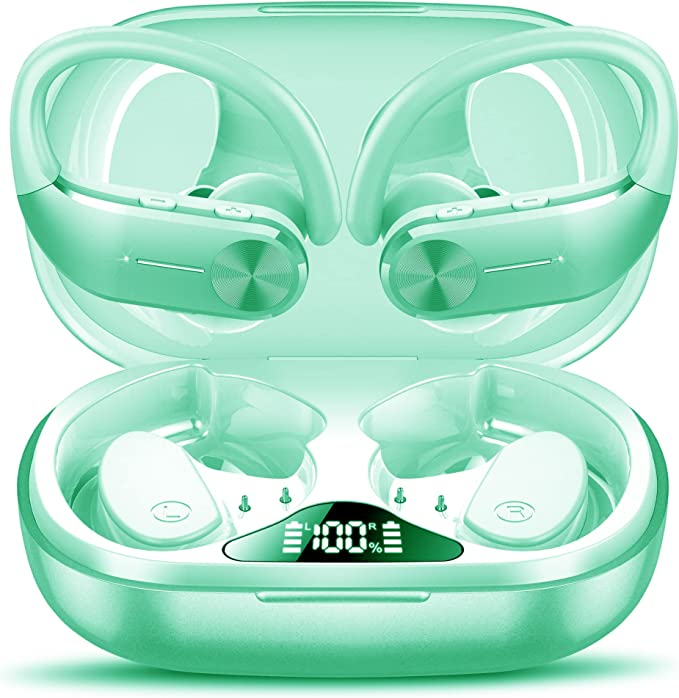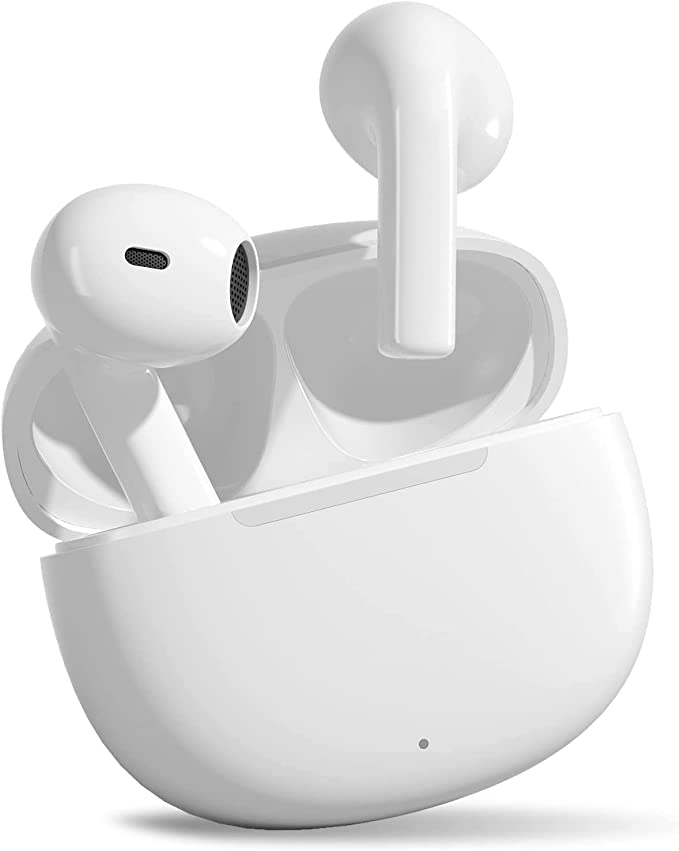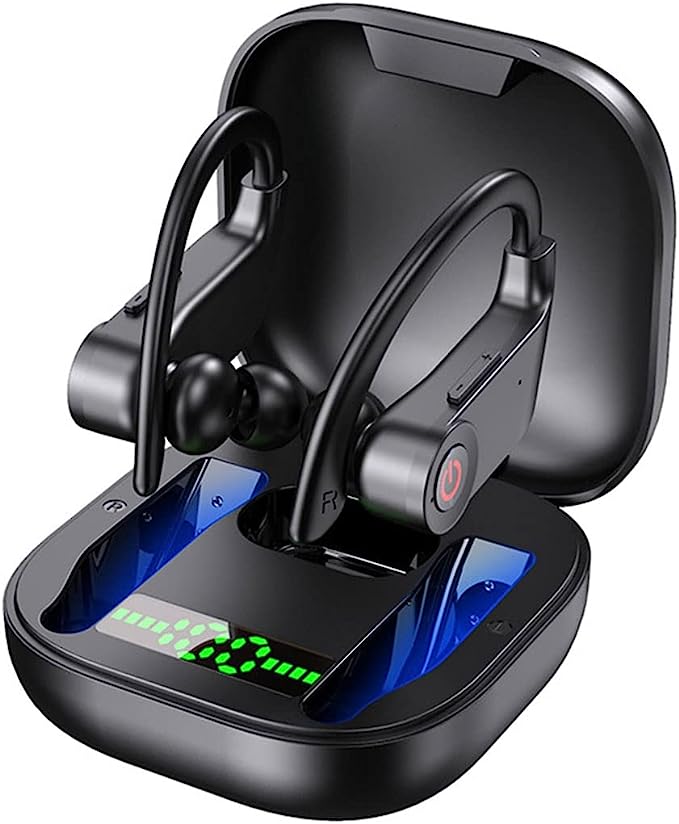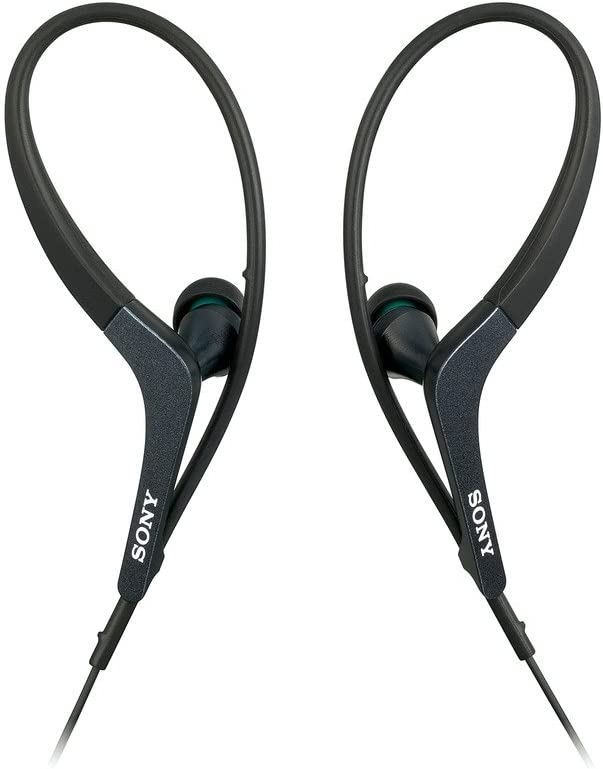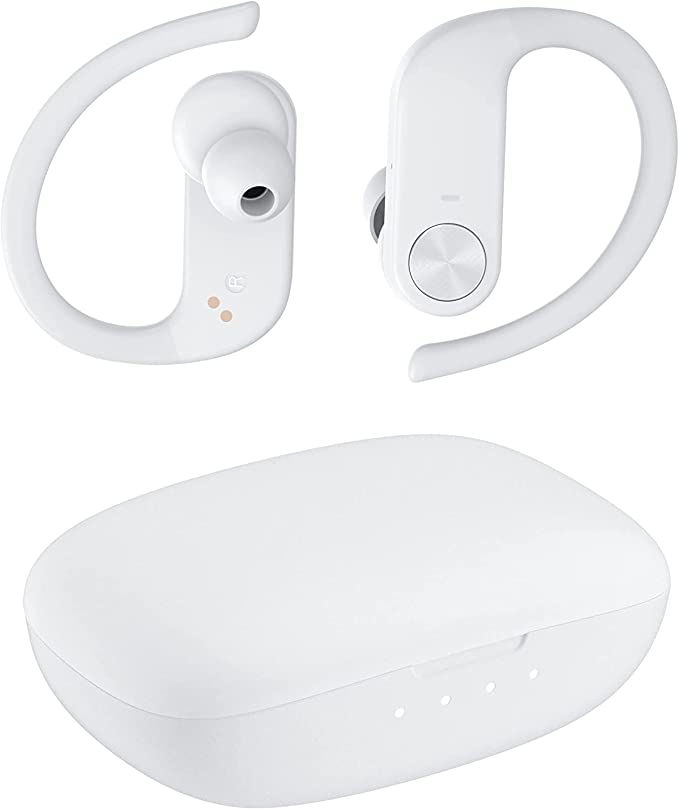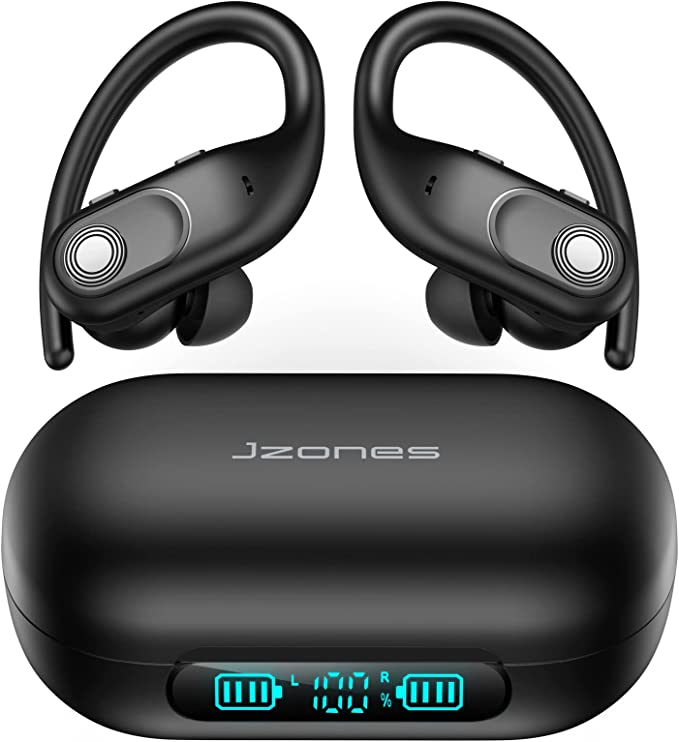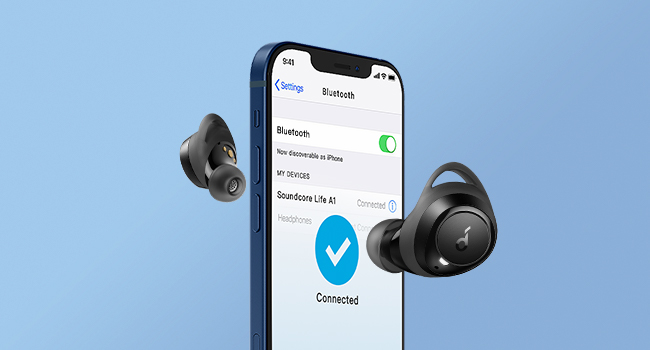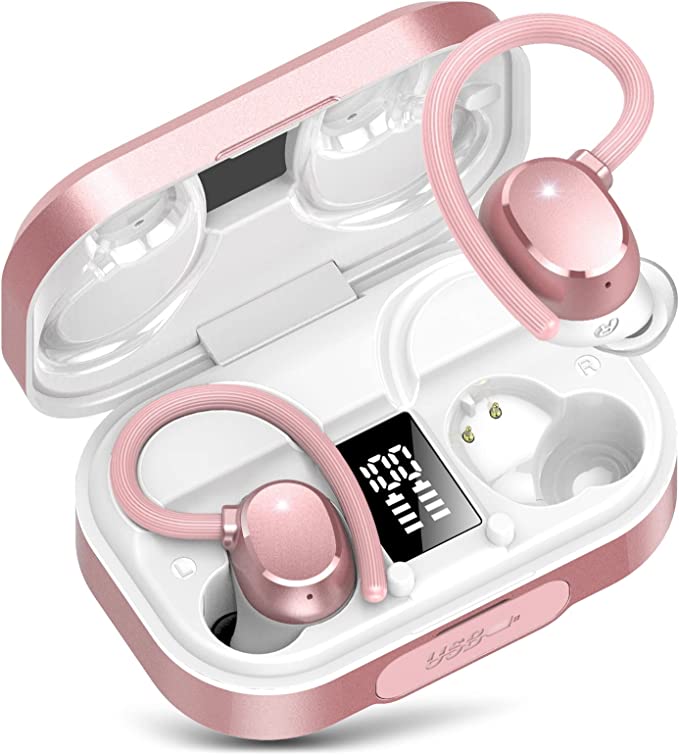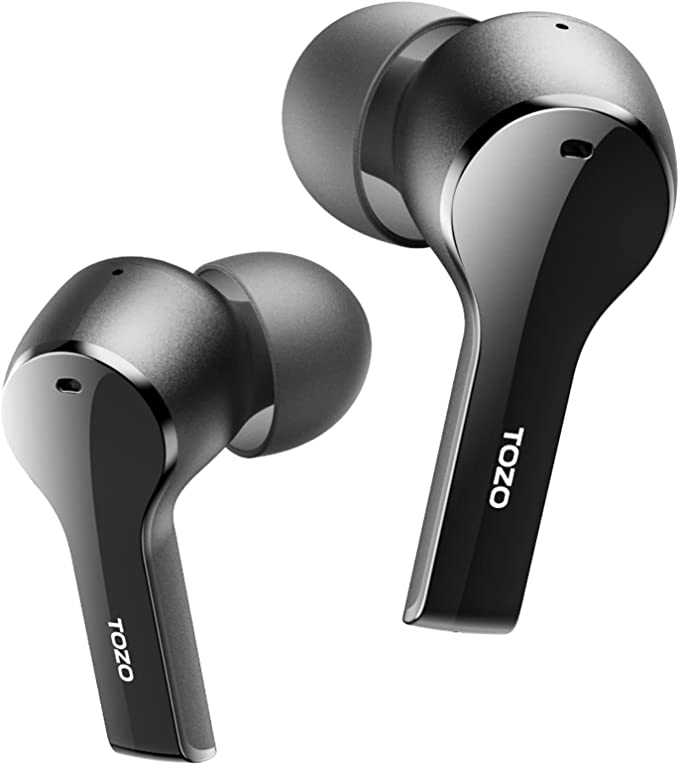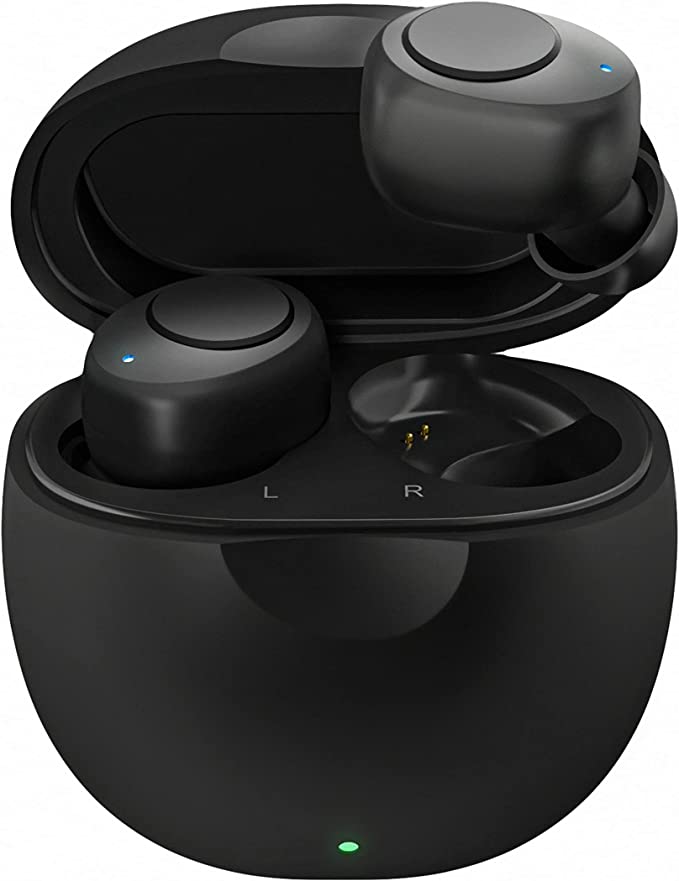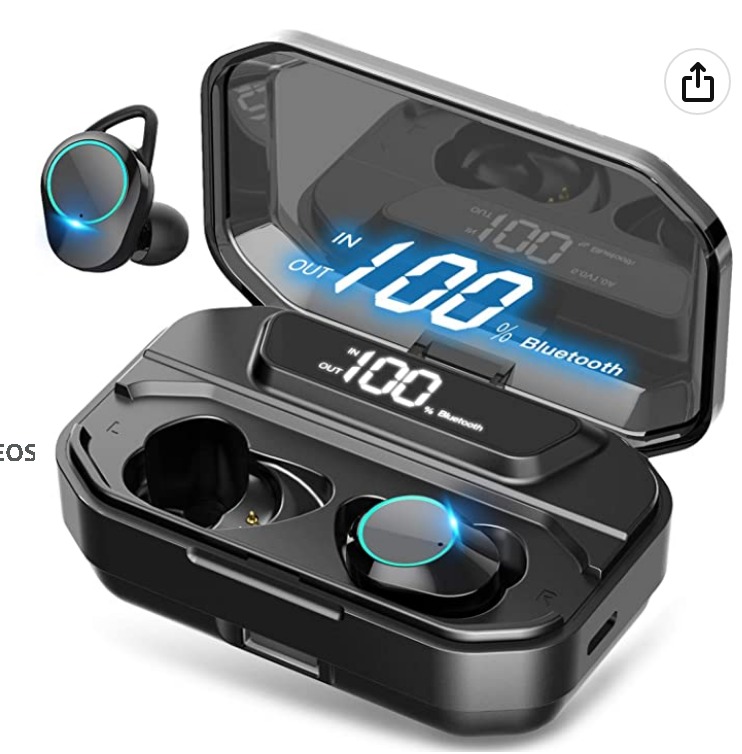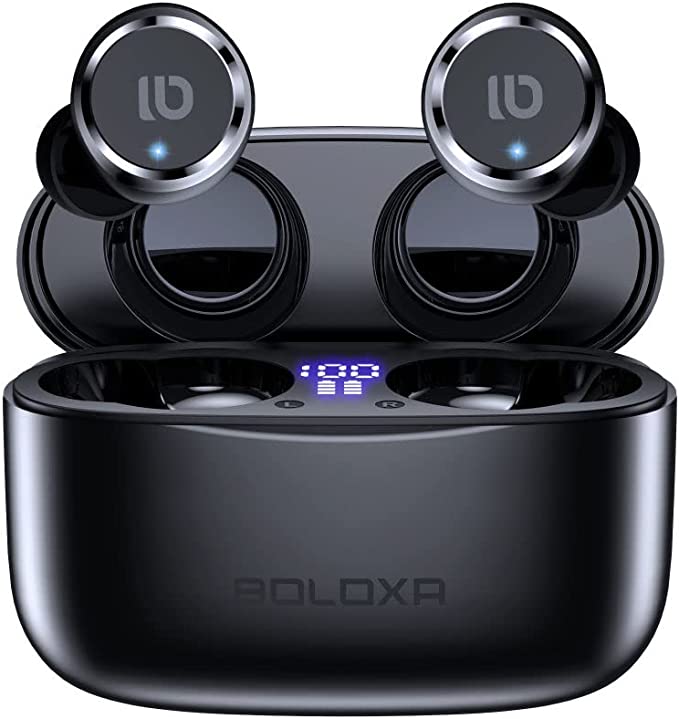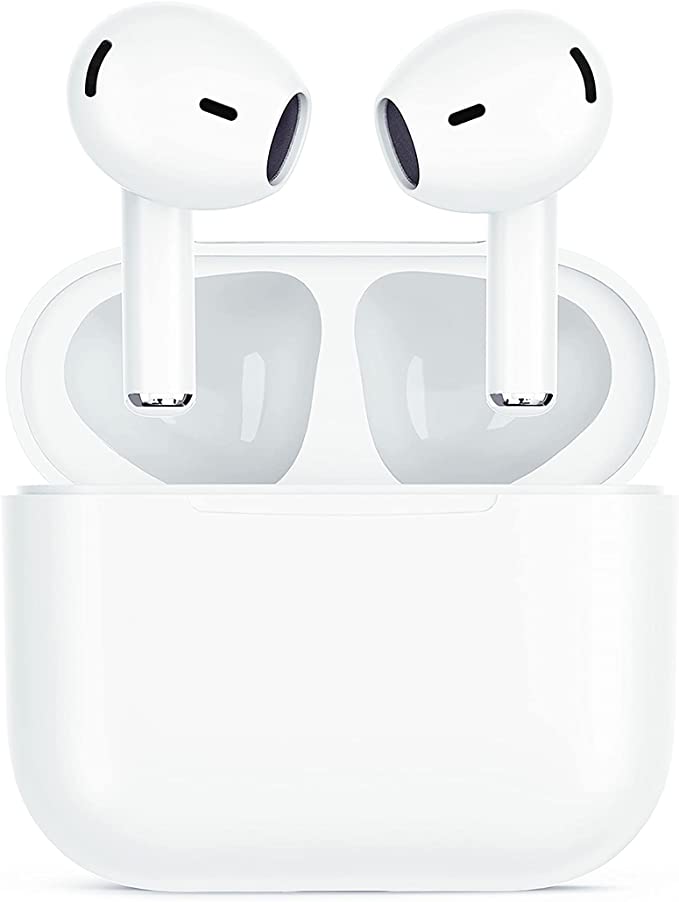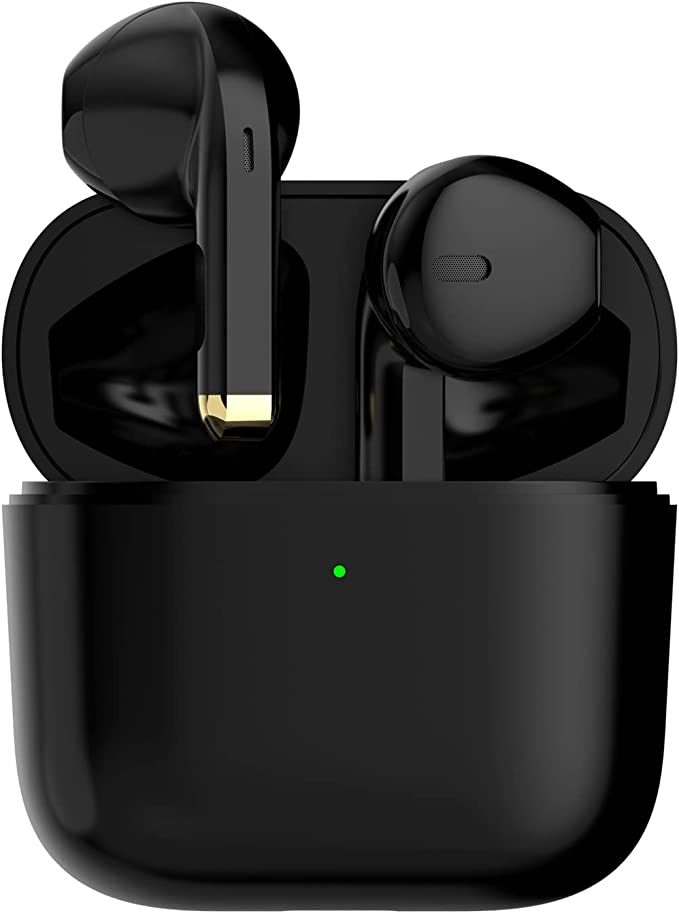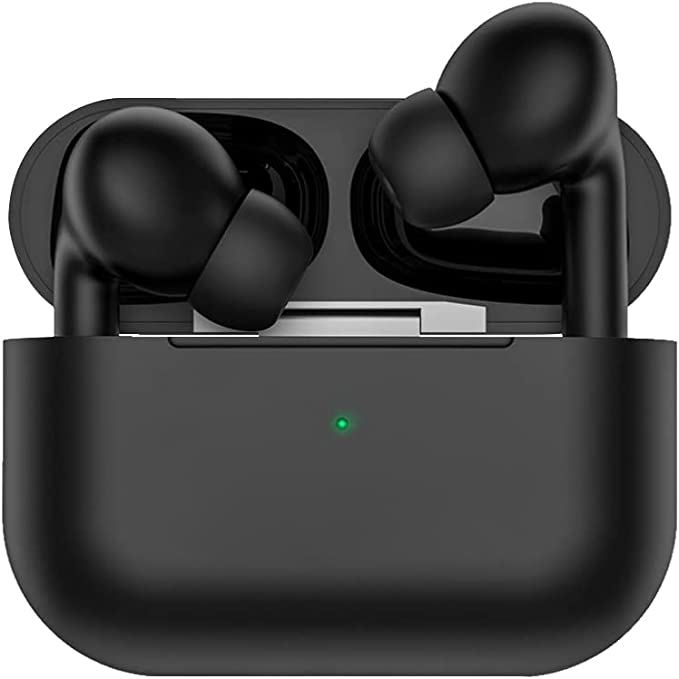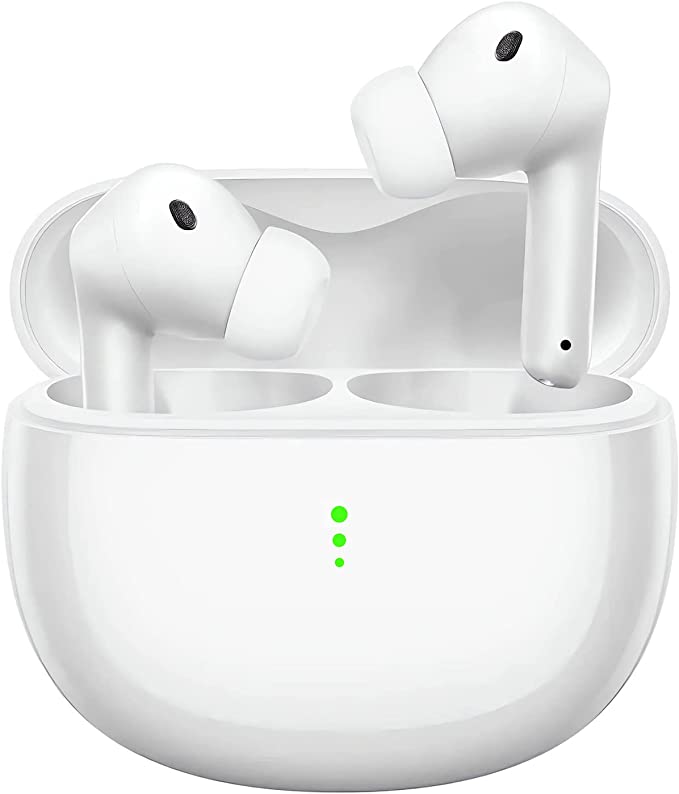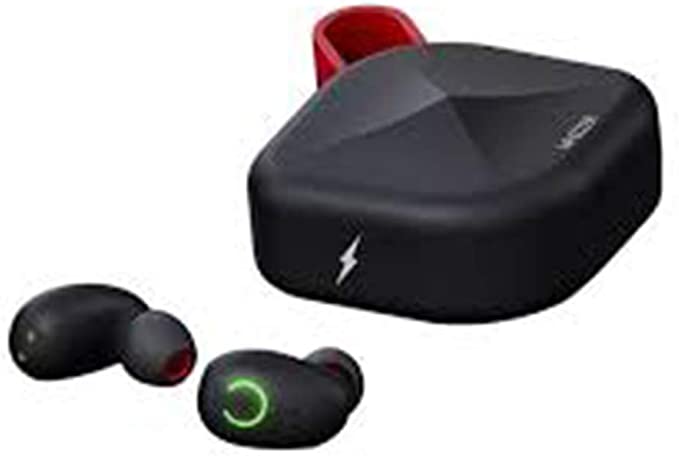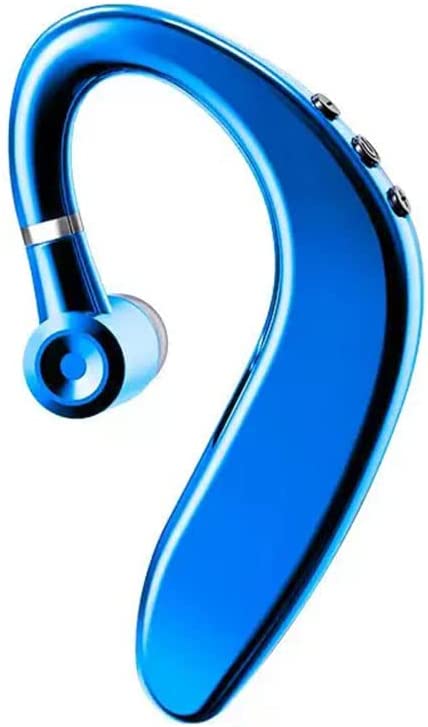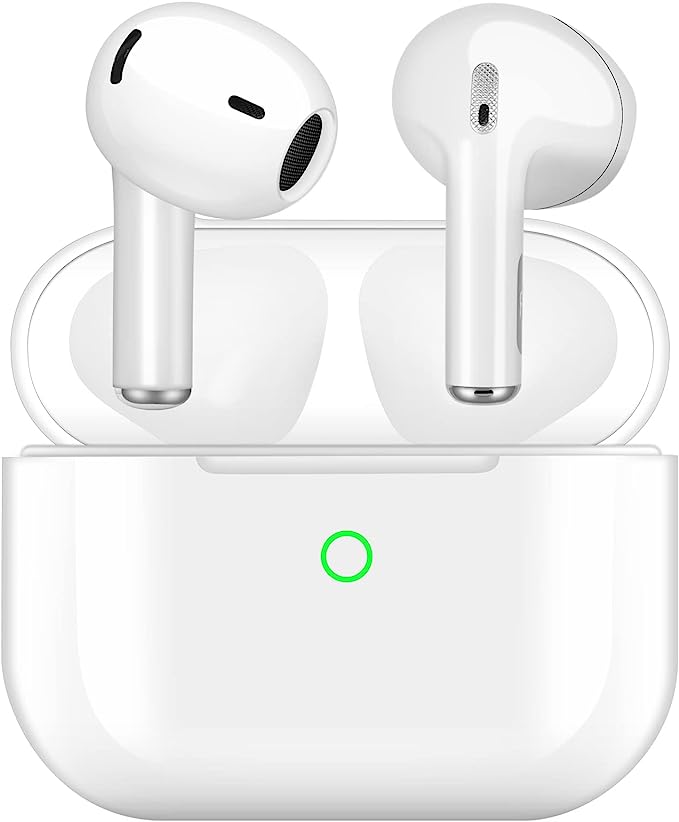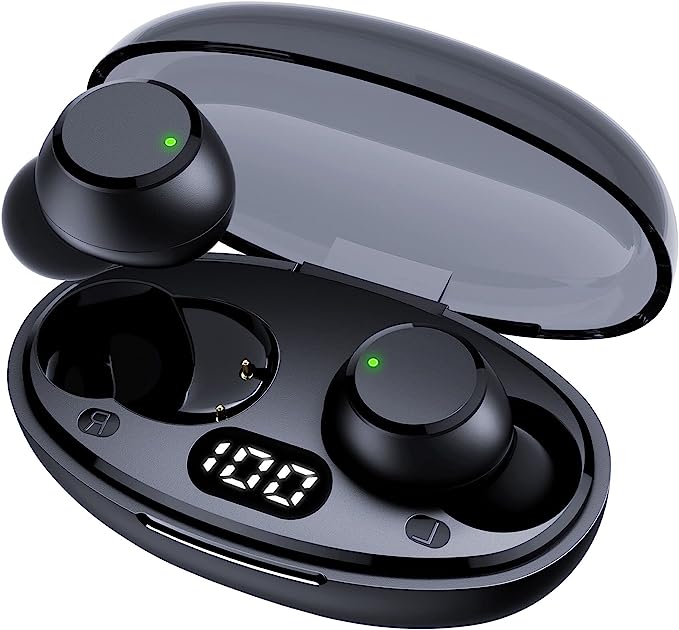Decoding the "Anti-Sleek" Earbud: A Sport Earhook Case Study
Update on Nov. 14, 2025, 11:34 a.m.
In the “sleekness” arms race of the audio market, “smaller,” “lighter,” and “touch-sensitive” are the goals. This has led to the dominance of True Wireless (TWS) earbuds. It has also created a massive, underserved market of users who are frustrated with earbuds that fall out, die constantly, and misfire the second they get sweaty.
The Fojep BX28 is a $30 case study in pragmatic engineering. It is an “anti-sleek” product that rejects the TWS philosophy in three key areas, and its 4.5-star rating (from ~2,000 users) proves this functional design is a resounding success.
This isn’t a review, but a “first principles” analysis of the three “pragmatic” engineering choices that lead to its 4.8-star comfort and 4.7-star battery life ratings.

1. The Engineering of Stability: The Earhook
First, we must correct a data error. This product is often mislabeled as “Over Ear.” It is not. It is an “earhook” (or “earfin”) design. This is its most important feature.
The “Sleek” Problem (TWS): A standard earbud relies on friction and internal ear pressure to stay in. For many users, this fails. As one reviewer (“Ms.Lee”) states, “Most pieces fall out because my ears can’t hold such large pieces.” Another (“k. hill”) agrees: “Regular earbuds don’t fit right in my little canals so I need the hook kind.”
The Pragmatic Solution (The BX28):
The earhook is a pure, physics-based solution. It is an ergonomic, flexible, soft silicone hook that loops over the cartilage of your ear.
* It provides a mechanical anchor. It adds a second, crucial point of contact that does not rely on pressure inside your ear canal.
* It isolates the bud from impact. The hook (not the bud) absorbs the shock of your run, so the in-ear portion remains stable.
This is why it earns a 4.8-star comfort rating and why “k. hill” says, “They fit and stay in great.” It is an engineering solution that prioritizes stability for workouts over invisibility in an office.

2. The Engineering of Endurance: The 75-Hour “Power Plant”
TWS earbuds are sold in “jewelry box” style cases that are small, sleek, and often only hold 2-3 extra charges. This is a design that prioritizes pocketability.
The Pragmatic Solution (The BX28):
This product rejects “pocketability” in favor of raw endurance. The 75-hour total playtime (7H in the buds + 68H in the case) is a direct result of this. The case is not a “jewelry box”; it’s a portable power plant.
* The Physics: The case is physically large enough to house a high-capacity battery (like the 800mAh in a competitor) that can provide multiple recharges (“5 extra charges”).
* The Result: Users love this. “The charge in the charging case lasts. It’s nice to not have to plug it in every night,” reports one user. Another (“Nathan M.”) says, “The charge lasts for days not hours.”
This 4.7-star battery rating is earned by a deliberate choice: endurance is more important than sleekness. The LED Digital Display is a necessary “fuel gauge” for this massive power reserve, eliminating battery anxiety.

3. The Engineering of Reliability: The Physical Button
This is the most subtle, and most important, “anti-sleek” design choice. TWS earbuds use “smart” touch controls because they are invisible and look futuristic.
The “Sleek” Problem (Touch Controls):
Touch controls are a liability in an athletic environment.
* Sweat/Rain: Water (which the IPX7 rating is designed to protect against) can trigger “ghost” touches, pausing your music.
* Gloves/Movement: They don’t work with gloves and are easy to mis-tap.
* Feedback: You can’t feel if your “tap” registered.
The Pragmatic Solution (The BX28):
The BX28 uses a “Button Control”. This is a physical, tactile button on each earbud.
* The Engineering: This is a deliberate rejection of “sleek” in favor of reliability. A physical button provides unambiguous, tactile feedback. You know when you’ve clicked it.
* The Result: It works when your hands are sweaty. It works when you’re wearing gloves. It never mis-fires. The spec sheet even says it: “the button controls are easy to use, avoiding any manipulation.” This is a smarter design for an athlete.

Coda: The 4.5-Star “Worry-Free” Tool
The Fojep BX28 is a “4.5-star Value” winner because it is a perfectly executed piece of pragmatic engineering. It is a tool for users who are done with the failures of “sleek” design.
By focusing on the real user problems—stability, battery life, and reliable controls—it delivers a “worry-free” experience. The 8mm graphene drivers and CVC 8.0 mic (for call noise filtering) provide “surprisingly good” sound, but the true genius of this $30 product is its physical design. It is the ultimate utility headphone, built for function, not fashion.

